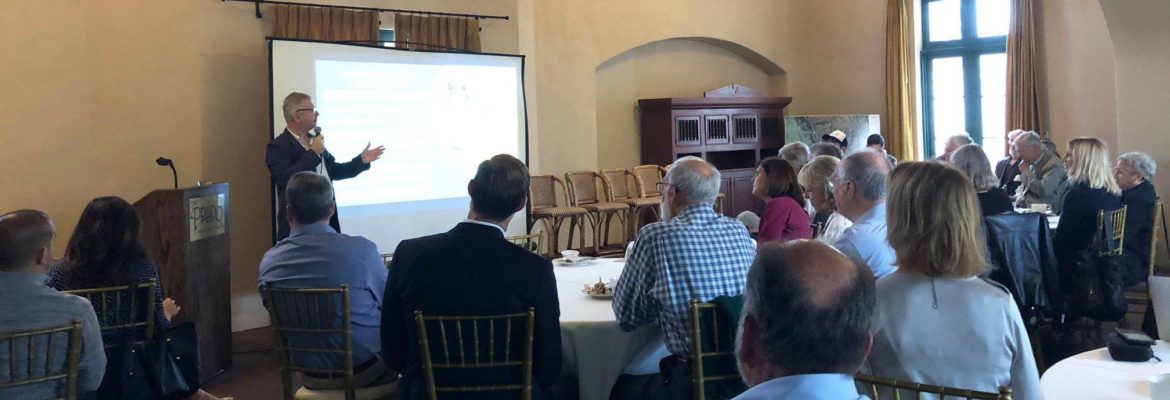Ecotourism specialist Andy Drumm says San Diego’s Mission Bay Park has stagnated. At a recent C-3 breakfast event, he presented a case for turning to an ecotourism model to reinvigorate it.
Ecotourism is defined by the International Ecotourism Society as responsible travel to natural areas that conserve the environment and improve the well-being of local people. “The biggest growth segment in tourism is the nature-focused category,” says Drumm,
Drumm referenced Butler’s Tourism Area Life Cycle to explain the evolution of a nature-based tourist destination, which includes exploration, involvement, development, consolidation and then stagnation. At this point, the quality and popularity of a destination will decline without a sustainable, ecotourism makeover.
In addition to maintaining and nurturing natural resources, Drumm says ecotourism is better for the economy. Lowering volume and density, monitoring and managing impacts and encouraging more local input leads to a higher income multiplier, higher tourist spending and a higher ratio of jobs per tourist.
Simply put, ecotourists spend more than conventional tourists. To capture this segment of the tourism market, however, Mission Bay Park needs help.
“Failing to capture the economic value of ecosystem services often leads to the degradation of natural resources,” says Drumm.
He warned the audience against letting Mission Bay Park go the way of a small fishing village in India’s Kerala State, where tourism collapsed after environmental degradation took hold, as was the case for Italy’s Adriatic coast and Germany’s Black Forest. Perhaps the most serious danger, he says, is a lack of understanding of the benefits of biodiversity.
Among his many suggestions for Mission Bay Park were to protect and restore areas of biodiversity (resilience, shoreline protection, water purification, ecotourism value, etc.) and improve the quality of the visitor experience to include environmental interpretation and monitoring.
Bringing about rejuvenation for Mission Bay Park also requires the public and private sectors working together, says Drumm.
Among his directives for the private sector were improving relations with park management to ensure fulfillment of environmental values; participating in the design, construction and operational phases of development; and developing strategic alliances and business partnerships among recreational businesses and nature-focused, sustainable-ecosystem-model organizations.
It is up to the public sector, he says, to promote awareness of the critical role of biodiversity and ecosystem services in maintaining and enlarging tourism’s contribution to economic development; create zones to distinguish between natural areas and more traditional recreational areas; and to develop a comprehensive park tourism plan with multi-stakeholder involvement, among many other crucial tasks.
C-3 organized a lunch with multiple Mission Bay stakeholders as a follow up to the breakfast event and plans to continue a dialogue promoting ecotourism and comprehensive planning in the area.
Founded in 1961, C-3’s mission is to advocate, educate and develop solutions for maintaining high standards of environmental quality, physical design, economic benefit and social progress. C-3 gathers and disseminates information, facilitates civic dialogue and encourages well-thought-out opinions. Its founders said the overall goal is to make San Diego a “handsome community.”

